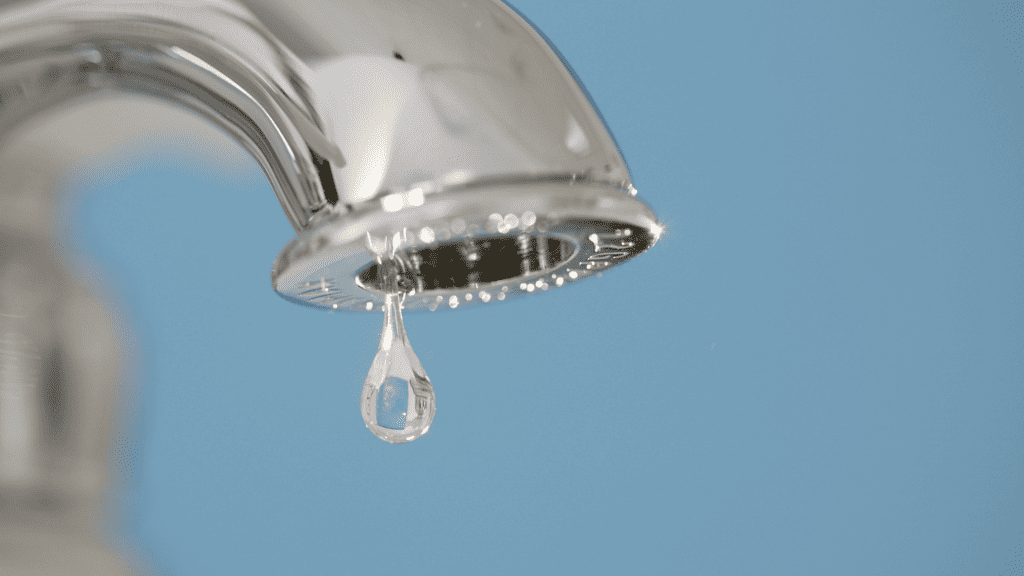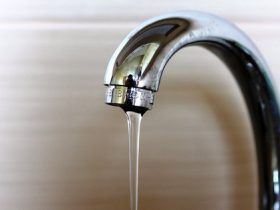Clear Instructions for Resolving Low Water Pressure in Your Home
Clear Instructions for Resolving Low Water Pressure in Your Home
Blog Article
Right here on the next paragraphs you might get some sound insights around Low Water Pressure in the House?.

Low tide stress in your house can be a frustrating issue, influencing everything from bathing to washing meals. If you're experiencing weak water flow, there are a number of feasible reasons and options to check out. In this overview, we'll discuss common reasons for low tide stress and functional actions to deal with the problem effectively.
Introduction to Low Water Stress
Low tide pressure takes place when the circulation of water from your faucets, showers, and other components is weak than usual. This can make day-to-day tasks a lot more difficult and much less efficient. Understanding the causes of low water stress is crucial to locating the best option.
Common Causes of Low Water Pressure
Pipe Obstructions
In time, pipelines can become obstructed with natural resource, debris, or particles, limiting the flow of water. This is an usual issue in older homes with galvanized steel pipes.
Rust
Corrosion within pipes can bring about leakages and reduced water pressure. Rust accumulation can tighten water flow, specifically in aging plumbing systems.
Faulty Pressure Regulatory Authorities
Stress regulators are responsible for preserving regular water stress in your house. If they malfunction, it can lead to low tide pressure or unequal circulation throughout your home.
Municipal Water Supply Issues
Often, the trouble exists outside your home. Metropolitan water system issues, such as main line leakages or maintenance job, can temporarily decrease water stress in your area.
Exactly How to Diagnose Low Water Stress
Checking Faucets and Components
Begin by examining the water pressure at various taps and components throughout your home. If the problem is separated to certain locations, it might suggest localized issues.
Examining Pipelines
Evaluate noticeable pipes for signs of leakages, corrosion, or clogs. Pay attention to any uncommon audios, such as banging or rattling pipelines, which can show problems within the plumbing system.
Consulting with a Plumber
If you're not able to identify the root cause of low water stress, consider hiring an expert plumber to perform a comprehensive examination. They can recognize underlying concerns and advise ideal remedies.
Do It Yourself Solutions to Take Care Of Low Water Stress
Cleaning Up Aerators and Showerheads
Mineral deposits can gather in aerators and showerheads, reducing water flow. Remove and clean these components consistently to boost water stress.
Flushing Water Heater
Debris buildup in the water heater can limit circulation and lower performance. Flushing the container periodically helps remove debris and preserve ideal performance.
Examining Pressure Regulator
Guarantee that the stress regulator is functioning correctly. Adjusting or changing the regulator can assist restore appropriate water pressure throughout your home.
Clearing Up Clogs in Pipes
For small clogs, attempt utilizing a plumbing snake or chemical drain cleaner to clear obstructions in pipelines. Beware when using chemicals and follow security guidelines.
When to Call a Specialist Plumber
If DIY efforts fall short to resolve the concern or if you presume considerable plumbing problems, it's finest to seek support from an accredited plumber. They have the experience and devices to deal with intricate issues safely and properly.
Safety Nets to Maintain Water Pressure
Regular Upkeep
Arrange regular upkeep for your plumbing system to prevent concerns such as corrosion, leakages, and clogs. Attending to small troubles early can aid prevent more significant repair services in the future.
Installing a Pressure Booster
Think about mounting a stress booster pump to enhance water stress in locations with consistently reduced circulation. This can be specifically beneficial for multi-story homes or buildings with high-demand fixtures.
Monitoring Water Use
Be mindful of water usage habits and stay clear of overtaxing the plumbing system. Easy modifications, such as incredible showers and laundry tons, can help preserve sufficient water stress.
Verdict
Taking care of low tide stress can be frustrating, however determining the underlying reasons and implementing suitable options can restore ideal flow throughout your home. Whether it's cleaning up aerators, checking pipes, or speaking with a plumber, taking aggressive actions can make sure a constant supply of water for your everyday demands.
FOUR WAYS TO FIX LOW WATER PRESSURE NOW
Turning on a shower or faucet only to find the water comes out in a sad, slow drizzle is never a good feeling. How exactly are you supposed to wash a pan or take a quick shower when it takes 10 minutes just to rinse off a little soap? The good news is that when your water pressure is bad, there's always a cause: typically one that can be easily fixed. Here are some of the most common causes of low pressure and what you can do to fix the issue:
DEBRIS AND MINERAL DEPOSIT BUILDUPS
If you notice low water pressure from just one or two of the fixtures in your house, the problem likely has to do with debris buildup. Water is full of minerals and other debris, all of which can accumulate in your pipes and on your fixtures. This can cause a blockage that affects how much water flows through. To fix this, try filling a small plastic bag with white vinegar, and use a rubber band to hang it around your showerhead or faucet. Let the head of the fixture soak for a few hours, and the vinegar should loosen the deposits.
WATER LEAKS
Leaks are another common cause of low water pressure. If water is flowing out of your plumbing through a hole or crack before it can reach your fixture, the pressure coming out of the faucet or showerhead will be lower. A plumbing professional is your best bet for finding and repairing a leak in your water supply pipes.
Leaks are another common cause of low water pressure. If water is flowing out of your plumbing through a hole or crack before it can reach your fixture, the pressure coming out of the faucet or showerhead will be lower. A plumbing professional is your best bet for finding and repairing a leak in your water supply pipes.
FOUR WAYS TO FIX LOW WATER PRESSURE NOW
Turning on a shower or faucet only to find the water comes out in a sad, slow drizzle is never a good feeling. How exactly are you supposed to wash a pan or take a quick shower when it takes 10 minutes just to rinse off a little soap? The good news is that when your water pressure is bad, there's always a cause: typically one that can be easily fixed. Here are some of the most common causes of low pressure and what you can do to fix the issue:
DEBRIS AND MINERAL DEPOSIT BUILDUPS
If you notice low water pressure from just one or two of the fixtures in your house, the problem likely has to do with debris buildup. Water is full of minerals and other debris, all of which can accumulate in your pipes and on your fixtures. This can cause a blockage that affects how much water flows through. To fix this, try filling a small plastic bag with white vinegar, and use a rubber band to hang it around your showerhead or faucet. Let the head of the fixture soak for a few hours, and the vinegar should loosen the deposits.
WATER LEAKS
Leaks are another common cause of low water pressure. If water is flowing out of your plumbing through a hole or crack before it can reach your fixture, the pressure coming out of the faucet or showerhead will be lower. A plumbing professional is your best bet for finding and repairing a leak in your water supply pipes.
Leaks are another common cause of low water pressure. If water is flowing out of your plumbing through a hole or crack before it can reach your fixture, the pressure coming out of the faucet or showerhead will be lower. A plumbing professional is your best bet for finding and repairing a leak in your water supply pipes.
A VALVE ISSUE
If you have low water pressure throughout your home, check your main shut-off valve to make sure it's completely open. You may also want to see if there's a pressure-reducing valve installed. If there is, have a plumber help you adjust the settings to get the pressure you're looking for.
OTHERS USING WATER
Believe it or not, your low water pressure could be caused by your neighbors. If you notice low pressure at certain times of day, it may be because you and the people living next to you have similar schedules - when everyone is showering at the same time, the pressure will be lower in every home. Low pressure throughout the neighborhood may also be caused by an issue with your municipal water supply. If that's the case, call the supplier to see if they're working on the issue.
https://www.rotorooter.com/blog/water-leaking/low-water-pressure-fixes/

Hopefully you liked our section about . Thank you so much for spending some time to read our content. Sharing is nice. Who knows, you may very well be doing someone a favor. I love reading our article about Low Water Pressure in the House?.
Visit Page Report this page